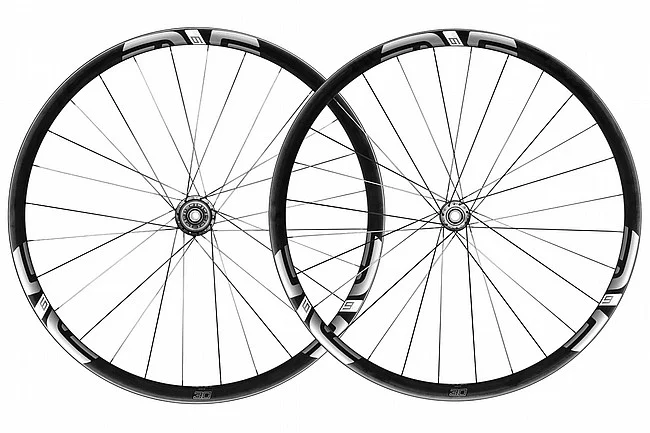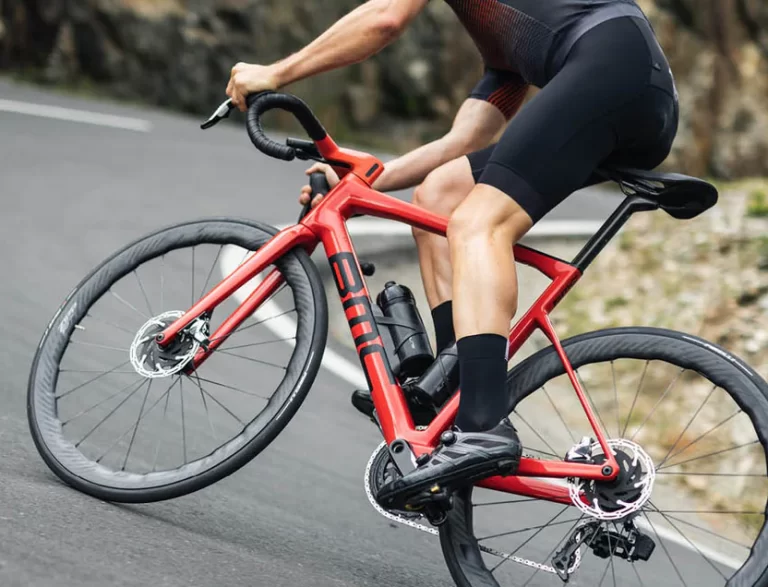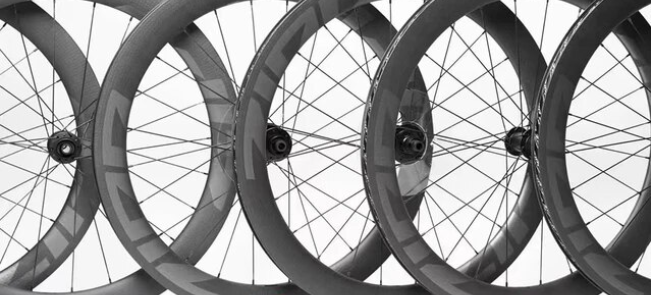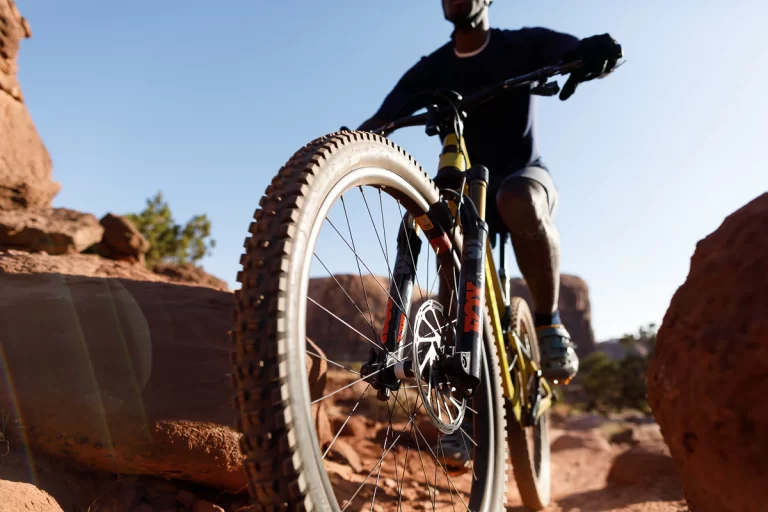Revolutionizing Your Ride: Upgrading Your Mountain Bike Wheels

Key Point Summary of Upgrading Your Mountain Bike Wheels:
- Signs You Need an Upgrade: Consider upgrading when seeking improved performance, and durability, or if your current wheels are damaged or outdated.
- Performance Benefits: Upgraded wheels can offer better handling, increased durability, lighter weight, and improved rolling efficiency.
- Choosing the Right Wheels: Factors to consider include wheel size, rim width, material, and hub type to match your riding style and terrain.
- Installation and Compatibility: Ensure new wheels are compatible with your bike’s frame, fork, and drivetrain.
In my extensive journey through the realms of mountain biking, gravel grinding, and cyclocross, the moment of upgrading bike components, especially the wheels, has always been a pivotal turning point in enhancing my riding experience. Upgrading mountain bike (MTB) wheels is a substantial investment that can significantly impact your bike’s performance, handling, and overall enjoyment.
When to Consider an Upgrade
Upgrading isn’t just about chasing the latest technology; it’s about addressing specific needs or limitations of your current setup. Whether you’re pushing the boundaries of your riding, feeling held back by the weight or stiffness of your wheels, or simply needing a replacement for worn-out or damaged components, identifying the right moment to upgrade is crucial.
Unlocking Performance Gains
The leap in performance with a wheel upgrade can be transformative. Lighter wheels mean less rotational weight, making climbs easier and acceleration quicker. Increased stiffness translates to more direct power transfer and better handling, particularly noticeable when navigating technical terrain or cornering at speed. Moreover, advancements in wheel design, including wider rims, can improve tire support, allowing for lower tire pressures and thus, better traction and comfort.
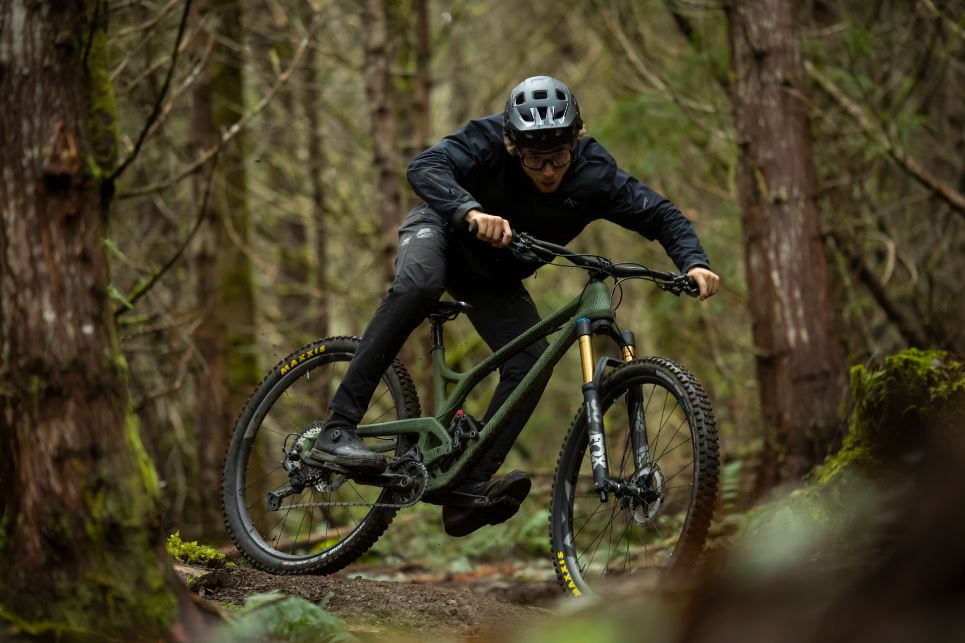
Selecting Your Ideal Wheelset
Navigating the vast options for upgrading MTB wheels can be daunting. The choice between aluminum and carbon rims, understanding the implications of rim width, and deciding on hub types are all critical. Aluminum offers durability and a lower price point, ideal for riders new to aggressive mountain biking, while carbon wheels offer a stiffer, lighter option for those looking to shave seconds off their time or ease long climbs. The introduction of wider rims has also allowed riders to use wider tires, offering better grip and a more forgiving ride on rough trails.
Installation Considerations
A crucial aspect of upgrading wheels is ensuring compatibility with your current bike setup. This includes the wheel size, hub spacing, and drivetrain compatibility, especially if you’re moving from a quick release to a thru-axle system or changing the freehub body to accommodate a different cassette. Consulting with a professional or doing thorough research can prevent costly mistakes and ensure that your upgrade enhances your riding experience as intended.
Personal Reflections
Reflecting on my own experiences, upgrading the wheels on my mountain bike was a game-changer that brought new life to an older frame. The transition to a lighter, stiffer wheelset not only improved my climbing efficiency but also allowed me to tackle descents with greater confidence and control. This upgrade, though significant, reminded me of the importance of matching the upgrade to my specific riding needs and the conditions I most frequently face.
Upgrading Your Mountain Bike Wheels: In Conclusion
The decision to upgrade your mountain bike wheels is a significant step towards enhancing your ride’s quality, performance, and enjoyment. By carefully considering when to upgrade, the benefits you’re seeking, and ensuring you select the right wheels for your needs, you can make an informed decision that brings a new level of excitement and capability to your mountain biking adventures. The best upgrade is the one that aligns with your riding style and aspirations, transforming your biking experience in the most impactful way.
For mountain bikers looking to upgrade their wheelset, a highly recommended option is the DT Swiss XM 1501 Spline One. This wheelset strikes an excellent balance between strength, weight, and versatility, making it suitable for a wide range of mountain biking disciplines, from cross-country to all-mountain and even light-enduro riding.

The XM 1501 Spline One features a wide rim profile that supports broader tires for improved traction and comfort, DT Swiss’ renowned ratchet system hub for reliable performance and easy maintenance, and a lightweight but durable build that enhances handling and responsiveness on the trail. It’s a solid choice for riders aiming to boost their bike’s performance and ride quality with a single upgrade.
FAQ

Is it worth upgrading mountain bike wheels?
Yes, it’s often worth upgrading mountain bike wheels as it can significantly improve ride quality, handling, and overall bike performance, especially if moving from entry-level to higher-quality wheels.
Does upgrading wheelset make a difference?
Upgrading a wheelset makes a considerable difference in performance, including better acceleration, reduced weight, increased stiffness, improved traction, and enhanced durability.
Can you upgrade the wheel size on a mountain bike?
Yes, you can upgrade the wheel size on a mountain bike, but it’s essential to ensure the frame and fork have enough clearance for the larger wheels and that the new size is compatible with your bike’s geometry and design.
What is the benefit of bigger wheels on MTB?
Bigger wheels on a mountain bike roll over obstacles more easily, provide greater traction and stability and can offer a smoother ride over rough terrain, making them popular for cross-country and trail riding.
Ride on
John


